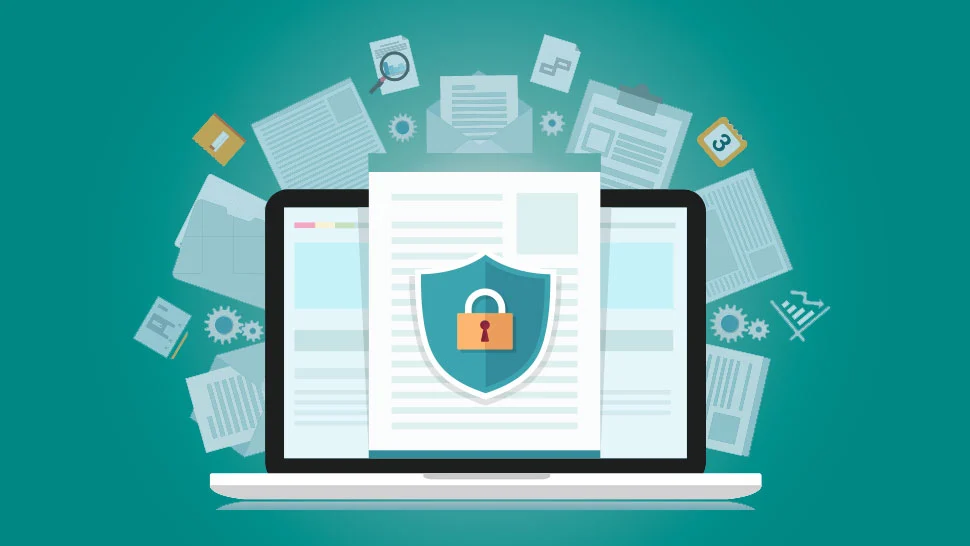5 Ways to Reduce Unauthorized Access to Sensitive Data

Your data is precious. Stored in your company’s various documents, workstations, and servers are financial records, customer transactions, passwords and usernames, corporate contacts, and more. There are plenty of thieves and hackers who want that information and will go to great lengths to get it. The scary part is how often they’re successful.
There are many different ways these crafty scammers will try to penetrate your defenses, and all it takes is one employee accidentally giving them access or having a weak network. Pay attention to these five tips for repelling cyber attacks:
1. Train Employees
“Hacking” might conjure up an image of someone in sunglasses furiously typing on a keyboard to break through some network firewall, but that’s a Hollywood exaggeration.
Most hacking is social engineering and involves scammers fooling employees into giving up usernames and passwords. Phishing, business email compromise (BEC) attacks, and spoofed phone calls can trick staff into divulging private information.
Hackers who use software for their attacks also exist, of course. Malware, viruses, ransomware, and Trojan horses can wreak havoc on a business.
These folk can get into a company’s computers through malicious emails, unsecured networks, and even by leaving thumb drives in strategic locations for unsuspecting employees to stick into their workstations.
2. Update Security Patches and Software
All software, even operating systems, has a shelf life. Once a company doesn’t support its software anymore, it becomes a security risk. Hackers can exploit known weaknesses in software that hasn’t been updated or is obsolete.
The Wannacry virus made its way across hundreds of thousands of computer systems worldwide before it was stopped and did so thanks to an unpatched vulnerability in the Windows operating system.
3. Use Physical Security
Keep sensitive documents and computers with high-level access under lock and key. Ensure that only authorized personnel have access. Never write down usernames and passwords! This habit will also take some training for your employees. It’s easy to accidentally leave a smartphone in a public place or walk away from a laptop.
4. Enact Multi-Factor Authentication
Just relying on usernames and passwords is not enough. Even knowledge-based factors are easily defeated, such as security questions about birthdays, first cars, or birth locations. More secure methods are:
Possession Factors
These are things that only the authorized person would have, such as a keycard or other security token.
Inherence Factors
These rely on things that are specific to the person, such as iris scanning, fingerprinting, and voice recognition.
5. Shred What You Don’t Need
If you don’t need it anymore, shred it, whether it’s a document or a piece of hardware with a hard disk drive or solid-state drive. Hire a reputable shredding firm to come to your business and shred these items, so they don’t become a liability. Shredding is final and permanent, unlike just deleting data, which skilled hackers can usually revert.
Protect Your Company with Shredding Services from SEAM
Your customers, clients, and staff have all sorts of sensitive information that’s in your possession. You can give them and yourself peace of mind by shredding your old documents and hardware with Secure Enterprise Asset Management (SEAM).
Contact SEAM today and protect your company.
SEAM provides IT recycling and data destruction services including onsite shredding and hard drive wiping to South Dakota, North Dakota, Minnesota, Iowa, and Nebraska.
Schedule a pickup or contact us for more information.





